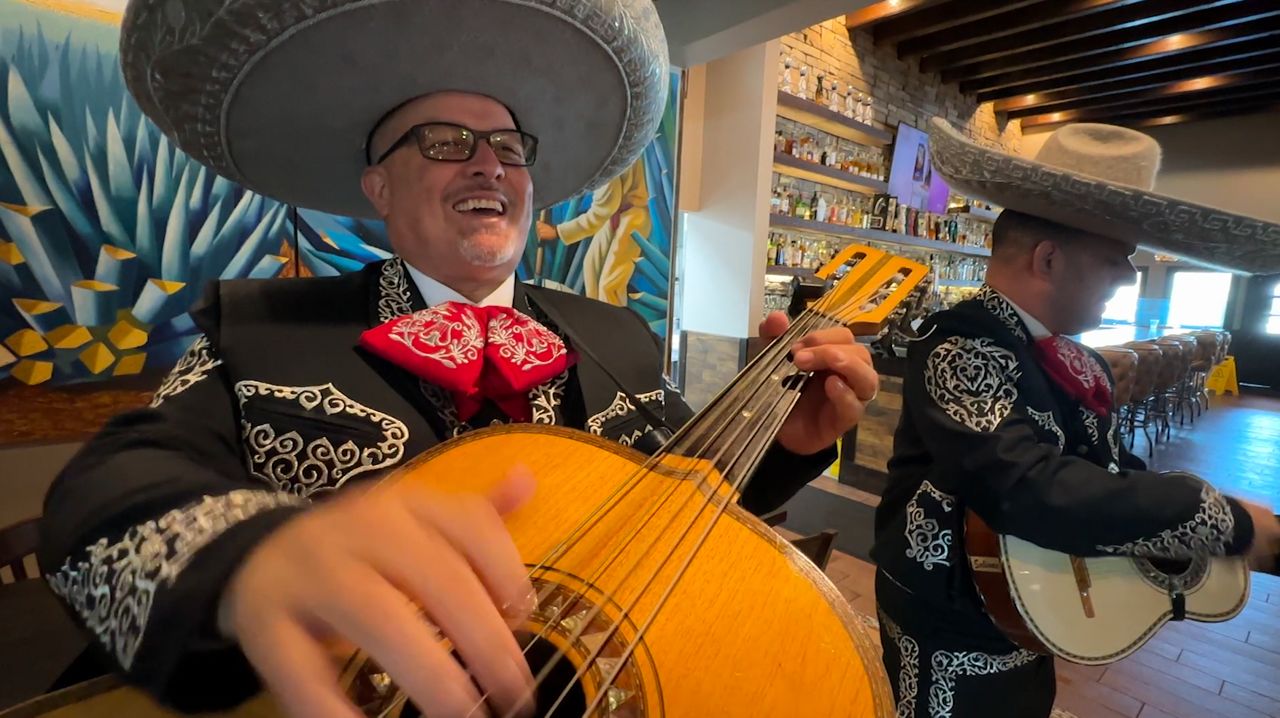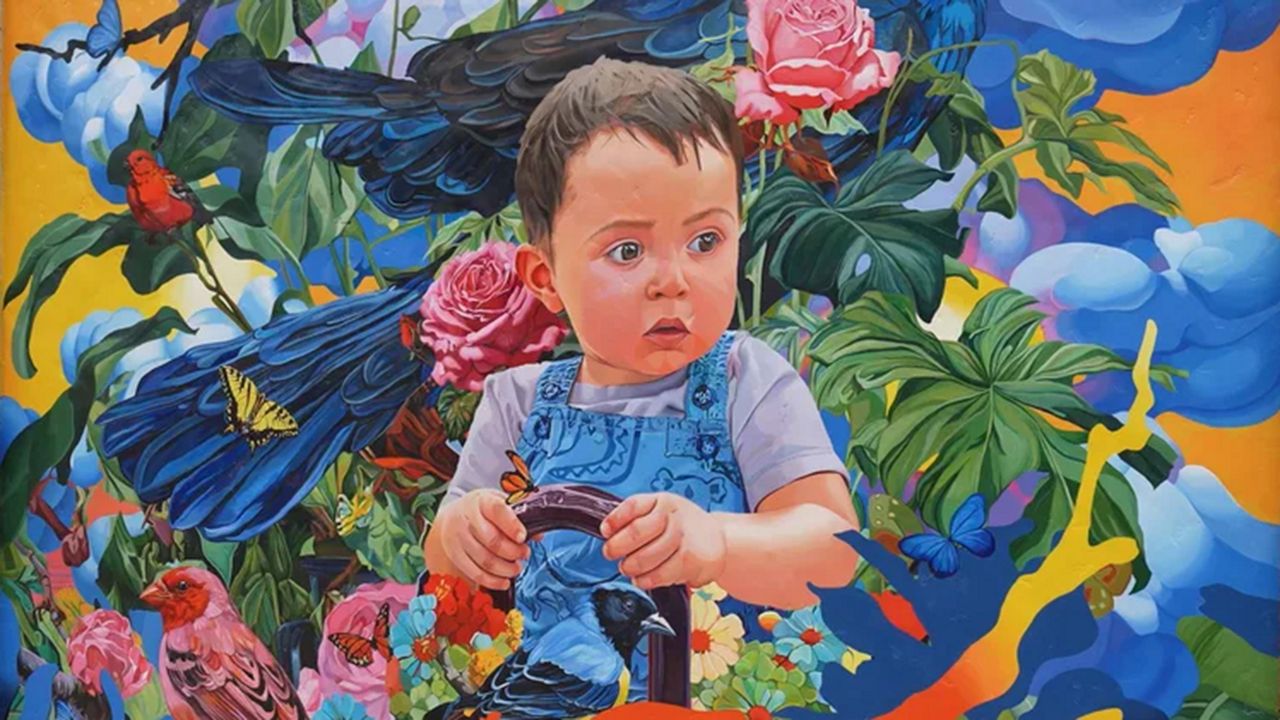WINTER PARK, Fla. — Rollins College has spent more than a century bringing in students from the Caribbean and Latin America to learn on the campus.
Over the decades, the presence of Hispanic and Latin American students have helped shape both Rollins and the Central Florida community, then and now.
What You Need To Know
- Cuban students first came to school at Rollins in the late 1890s
- Their presence played roles in development of Rollins and Central Florida
- Just as with early students, Hispanic students today enjoy sharing culture
- Recognizing Latin countries' different heritages, people key, professor says
As students in classrooms around the country learn about Hispanic Heritage this month, many also are learning about the individual countries, cultures and traditions that make up this diverse population.
“I think that the opportunity of Hispanic Heritage month is to recognize that there’s this group, this growing population in this country but to understand that there are individuals involved in this,” said Susan Montgomery, professor and research instruction librarian at Rollins College. “They have their own stories, their own experiences that we need to recognize.”
Walking through campus after class, Victoria Santa Lucia has a fresh bundle of books from the library at Rollins College with her. It’s part of her Latin American studies major and a part of her own history.
The Rollins sophomore and Latin American Student Association member said she’s had a great time sharing her Brazilian history and traditions with her friends on campus.
“For my roommates who aren’t Brazilian, I do make Brazilian meals,” Santa Lucia said. “I’ve made Brigadeiro, I’ve made couple of other things and looking forward to making a couple of other meals for them. Music especially, that brings us together as well."
She’s far from the first student to share her background and traditions on Rollins’ campus.
Inside the archives at Rollins College, Montgomery points out the very first two international students on century-old photos.
They were brothers from Cuba, Montgomery said, who came to study at Rollins in the late 1890s.
“I always wonder how many students realize our first international students were actually from Cuba,” Montgomery said.
And soon after, other students from Cuba followed.
“The more the students came, there was this desire to create a space for them on campus," Montgomery said. "So by 1902, they had 12 students, and they were able to create this Cuban village on campus. You can just see their pride right in that picture that they wanted everyone to know that they were from Cuba."
And not just Cuban men came to be educated in Winter Park, but women, too. Francesca Gonzalez, a close relative of the first two students, enrolled not long after her siblings.

“So she’s from Havana, Cuba and she enrolled in 1901," Montgomery said, flipping through her 120-year-old enrollment form. After studying here, Gonzalez then moved on to teaching on campus.
“Here it says 1917 so she probably came to Rollins, graduated and then came to teach here for the Spanish department,” Montgomery said.
Montgomery has carefully studied the paths of these first international students to Rollins. Their presence immediately impacted the small campus.
“So they had to kind of force them to speak English, which is interesting," Montgomery said. "But they also had an increase in Spanish being taught on campus. So German and French were very popular and then, because of this influence of students from this other country, Spanish began to be taught on campus."
In the more than a century since these first Cuban students arrived, Rollins and the Central Florida community overall has welcomed in many more students and also immigrants moving from the Caribbean and Latin America.
And while the Hispanic and Latino history and population does need to be recognized, Montgomery said it’s important not to generalize either.
“Hispanics don’t identify themselves as Hispanics, they identify as their country of origin," Montgomery said. "So I’m a Hispanic woman, but I always consider myself Colombian, right? So I think that we do have some similarities and knowing, the language, the food, the music there are some similarities but we all have our own story to tell."
Santa Lucia said it’s important to recognize and celebrate the differences in backgrounds and traditions both on campus and around the Sunshine State.
But, she said, it’s also important for Hispanic and Latino students to find a community and a seat at the table.
“Everything is usually Black and white, and Latinos are often excluded from conversations,” Santa Lucia said. “And so being a Latino student, having that voice, having that sense of community is really important here at Rollins.”
Having found her community here on campus, Santa Lucia said she’s hopeful she can help others do the same in the years to come.
“Just push forward with pride in Latin America and Latin American studies in general,” Santa Lucia said. “I think it’s really cool being able to take that part of me and make it part of my future career, part of my major."







)

